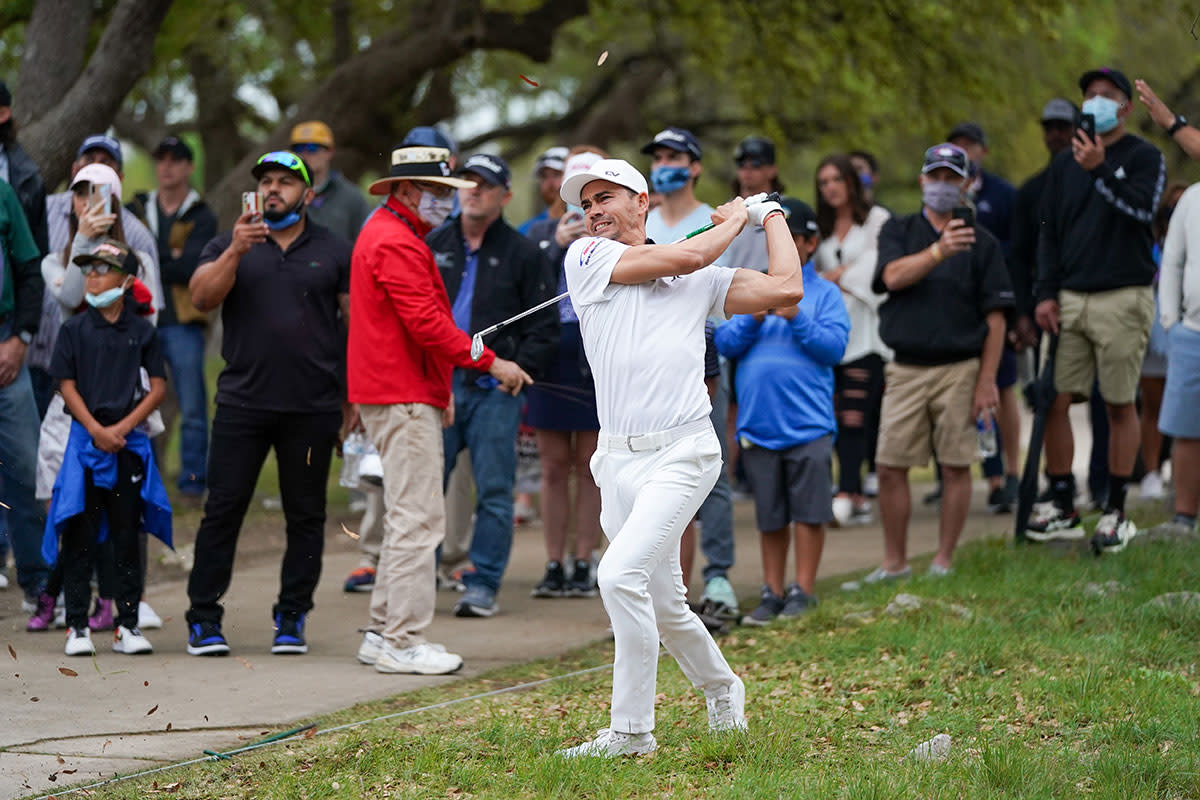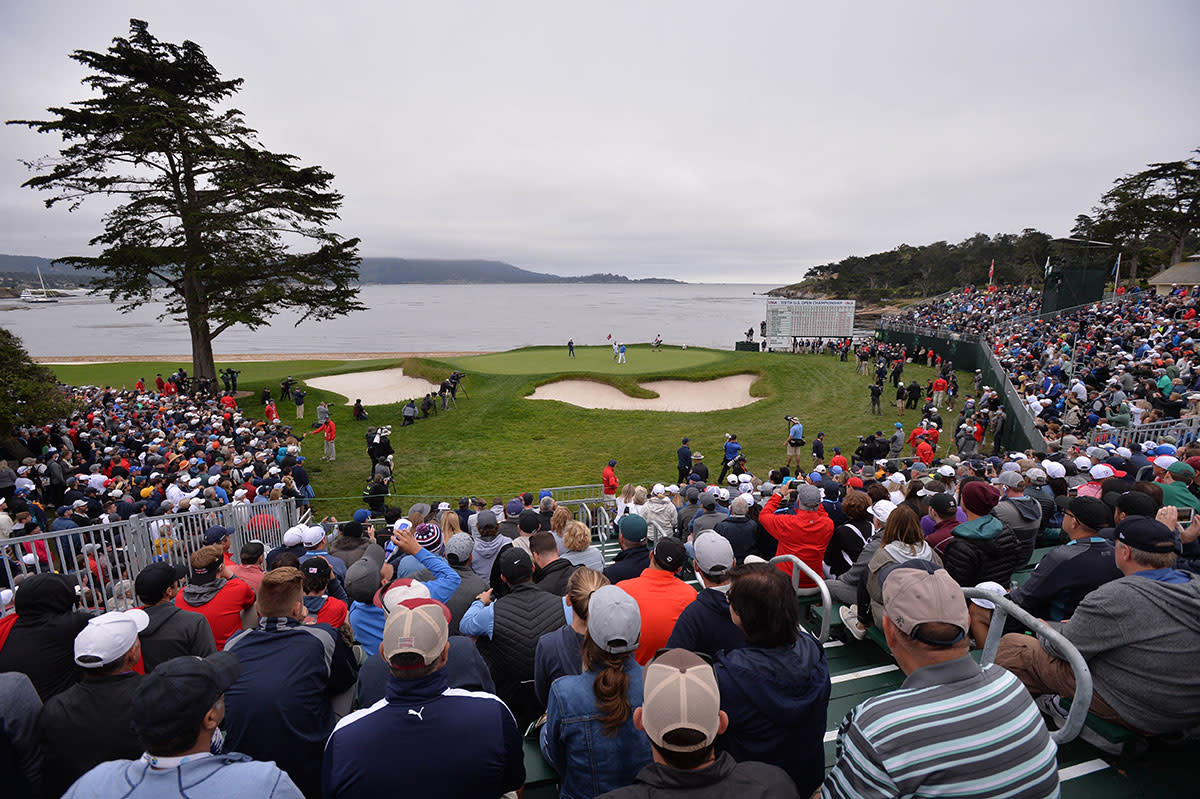Five Sure-Fire Ways to Fix the FedEx Cup, the 'Most Flawed' Playoffs in Sports

It just wouldn’t be a summer to remember without the FedEx Cup playoffs, home not only to the most flawed postseason format in the history of sports, but a shameless cash grab hardly worth the wait in gab. After seven months of constant, aggressive promotion, the PGA Tour’s three-week, $60 million showcase is all dressed up and ready for the red carpet.
Like any mega-marketed movie star shoved into the spotlight, the playoff series is a creature beset by the glaring gap between style and substance. Pro golf has four major championships. They are strikingly similar in structure and very easy to understand. They are prestigious by virtue of their traditional roots. They define greatness in the clearest of terms. They offer giant purses, but the trophy is all that matters.
The FedEx Cup finish has none of that stuff. It’s all about the dough, a game show on grass, a complicated, fiscally exaggerated, commercially overstated monolith of excess born 14 years ago without a competitive soul. Despite numerous changes to the way points are accumulated and how performance is tabulated, nothing has worked. The Tour’s in-house mathematicians are partially to blame for the postseason’s lack of relevance, but a vast share of accountability lands in the laps of former commissioner Tim Finchem and his successor, Jay Monahan.
Nobody seems to get it in Camp Ponte Vedra. As long as the title sponsors get stroked and the players get richer, there is no such thing as a problem, which is a bit like living in a $10 million house with a 6-foot-wide hole in the kitchen floor.
This journey to the goldmine could be so much better. It would require a resolute commitment to golf fans, whose excitement over a revamped product would lead to increased interest from the sporting mainstream. With a nod to the logistical issues that accompany wholesale changes, fixing the FedEx Cup playoffs wouldn’t be nearly as difficult as climbing a muddy hill in four-inch pumps. All it would take is a little common sense and a few dozen teleconferences.
Time to blow up the building. These are five ways to make it better.
1. Fix the credit system used during the regular season
A victory at the Masters is worth 600 points. A win at the Tour stop in Palm Springs, where the field is exceptionally weak, earns the champ 500, the going rate for all standard events regardless of how many elite players show up. This is an obvious imbalance with an easy solution: determine the overall point value of every tournament by strength of its field. That’s how the Official World Golf Ranking operates -- it’s funny how nobody ever complains about the OWGR’s perceived injustices anymore.
If you beat 49 of the top 50 golfers in the world, shouldn’t the reward be far greater than if you beat eight of the top 50? This is kindergarten-level stuff, but the Tour will never adopt such a sensible adjustment because it doesn’t want to slight the corporations that sponsor the lesser events. It’s not good for business, the suits will tell you. It’s not good for the FedEx Cup, either.
2. Reduce the number of postseason qualifiers
Maybe the most important fix of all. Why does the Tour begin the playoffs with 125 guys? Does an NFL team that goes 4-12 get an invitation to the dance? This ridiculous stipulation owes its stupidity to the Tour’s overprotective regard for its bloated middle class. Dozens of pros do next to nothing all year, but on the golden road to meaninglessness, grab a couple of chump-field top 10s and find themselves playing for that $15 million prize.
It’s the same mentality employed at the neighborhood swim meet, where every 9-year-old who makes it to the opposite side of the pool gets a gold medal. Whatever happened to the value of a superb performance? Wasn’t this country built on the achievements of people who kick ass and take names? Only the top 60 make the postseason in our revised edition. You cut it to 30 after the first event and 15 after the second. We’ll discuss what happens from there in less time than it takes Bryson DeChambeau to read a 4-footer for par.
3. Get rid of that weighted-scoring formula used in the playoff finale

We’re talking about the best golfers in the world, not the B flight at the club championship. Nobody gets two a side on the PGA Tour. Especially at the Tour Championship, where Xander Schauffele posted the best 72-hole score (by three strokes) but didn’t get credit for a victory because Dustin Johnson, who started the week with a five-shot advantage on Schauffele, played well enough to take the overall title.
Pure blasphemy. A crime committed in broad daylight. Johnson was the best player in the game last year, but that’s not how you settle a $15-million score in the big leagues. The problem traces back to 2008, when Vijay Singh won the first two playoff gatherings and clinched the season-long crown with two events remaining. Of course, Camilo Villegas won the next two, and all the Tour’s Chicken Little disciples headed back to the boardroom in search of a new plan.
The result was a disaster: a bottom-heavy formula designed to initiate drama on the final day in Atlanta. Way too much emphasis was placed on the Tour Championship, which is how we got Bill Haas as the big winner in 2011 and Brandt Snedeker in 2012. Nine years later, the neckties still haven’t figured it out.
4. Establish a simple, highly appealing crescendo
In order to achieve real suspense, you eliminate all the flab from the original qualifying list (see above) and chop the survivors from 60 to 30 to 15. Pro golf is a star-driven enterprise, not a kids' swim meet. At the third playoff tilt, you cut seven more players.... and hope there’s a five-way tie for that eighth spot, necessitating a playoff that nobody on earth will forsake just because it’s dinner time.
At that point, things can’t help but get interesting. The addition of a fourth tournament, part of the inaugural postseason structure until it was junked after 2018, begins with 36 holes of stroke play among the eight men still standing. The best four scores advance to the weekend, at which point we’ve got a match-play scenario air-dropped from heaven. The golf gods obviously have a mean streak, but one would suspect they’d smile on those four bouts, the last featuring two men going head-to-head for the $15 million.
Can you imagine how long it would take DeChambeau to play those 18 holes?
5. Create something people have to watch, regardless of the result

Here’s the kicker: you hold that final shindig at Pebble Beach, a fabulous match-play venue with its tiny greens, favorable risk/reward disposition and enough breathtaking beauty shots to appease any television producer. If the Tour really wants to make a profound splash with the playoff franchise, it needs to stage the final chapter of its annual sweepstakes at a five-star location and embrace a positive ramifications of a bolder competitive strategy.
Something confrontational. Something that truly fries the nerves. Something where the two finalists can see and feel everything the other golfer is doing. Match play has its weaknesses as a televisual entity, but when two dudes are squaring off for $15 million, every step counts. Every swing of the club comes with potent consequences.
There would be no gimmes allowed at Pebble Beach. A third-place match is required to determine the size of the pie, but it also fills otherwise empty airtime. When does the Tour conduct this fabulous finale, you ask? A bit of calendar space between the third playoff event and the closer would provide plenty of time to stir the public pot.
Camp Ponte Vedra could even get crazy and wait until Thanksgiving weekend, a slot that was so good to the Skins Game for a couple of decades. One thing’s for certain: the chances of the Tour serving up yet another postseason turkey would be Slim to None, and Slim never stood over a 5-footer for a paycheck worth remembering.
